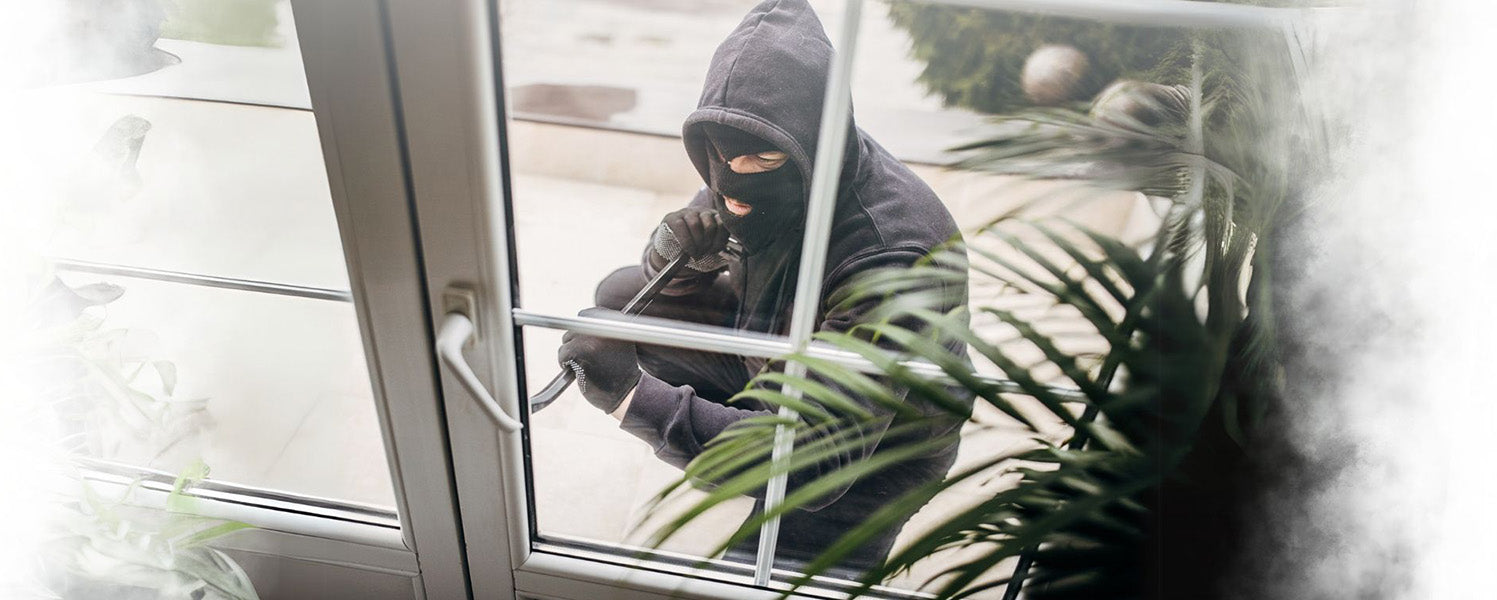In any emergency, security becomes a top priority. Whether you're dealing with civil unrest, a grid-down scenario, or surviving off-grid, your ability to protect yourself, your loved ones, and your supplies can be the deciding factor between safety and disaster.
Why Security Matters in Survival
Disasters often lead to desperation—and desperate people do desperate things. Law enforcement response times may be delayed or non-existent, and your preparedness supplies could become a target. Your security plan ensures you're not an easy mark.
Key Components of Survival Security
- Self-Defense Tools: Firearms, pepper spray, batons, and other legal means of protection tailored to your environment and skill level.
- Non-Lethal Defense: Tactical flashlights, stun guns, and noise deterrents offer defense options without deadly force.
- Home Defense Measures: Reinforced doors, security film, motion lights, alarms, and safe rooms strengthen your shelter.
- Secure Storage: Safes for firearms and critical gear, along with hidden caches for redundancy.
- Perimeter Awareness: Cameras, motion sensors, dogs, and fencing help you detect threats before they’re inside your perimeter.
- Bug-Out Security: Portable locks, lightweight alarms, and compact weapons for travel and field protection.
Situational Awareness and Tactical Thinking
Security starts with your mindset. Being aware of your surroundings, recognizing anomalies, and trusting your instincts can help you avoid danger altogether. In survival, prevention is always better than confrontation.
Layered Security Strategy
Use a layered approach to security, starting from the outside and working inward:
- Outer Layer: Fences, motion detectors, and lighting discourage intruders.
- Mid Layer: Locked doors, barriers, and alerts give you time to react.
- Inner Layer: Defense tools and escape plans inside your shelter.
Recommended Security Gear from Mountain Ready
- Tactical Flashlights – blind and disorient potential threats
- Self-Defense Tools – pepper spray, stun devices, and more
- Multitools – Covert tools with glass breakers and blades
- Tourniquets & Trauma Gear – be ready for injury in a fight or flight scenario
Forming a Defensive Plan
- Assess your surroundings: Identify entry points, escape routes, and blind spots.
- Train with your tools: Owning a weapon isn’t enough—you must be proficient and responsible.
- Run scenarios: Practice drills like “home invasion,” “bug-out evacuation,” or “camp perimeter breach.”
- Coordinate with others: Work with your household or survival group to assign roles and reinforce positions.
Security in Group Survival
If you're part of a prepper community or survival group, designate roles:
- Rotating Watch: Ensure someone is always awake and alert in long-term situations.
- Clear Communication: Radios, hand signals, or codes for silent coordination.
- Defense Drills: Practice responses to threats, both natural and human.
Prepper Tip
Prepper Tip: Camouflage your supplies and blend into your environment. Gray man tactics reduce your chances of being targeted.
Training Is Your Edge
Gear means nothing without training. Consider attending local or online courses in:
- Home defense and tactical readiness
- Firearms safety and marksmanship
- Hand-to-hand self-defense
- Escape and evasion techniques
Final Thoughts
Security is more than owning a firearm—it’s a strategy that includes mindset, planning, gear, and practice. In a grid-down or crisis scenario, your ability to detect threats early, respond decisively, and protect your resources is critical for long-term survival.
Explore our full selection of self-defense and tactical gear at Mountain Ready to start reinforcing your security strategy today.


